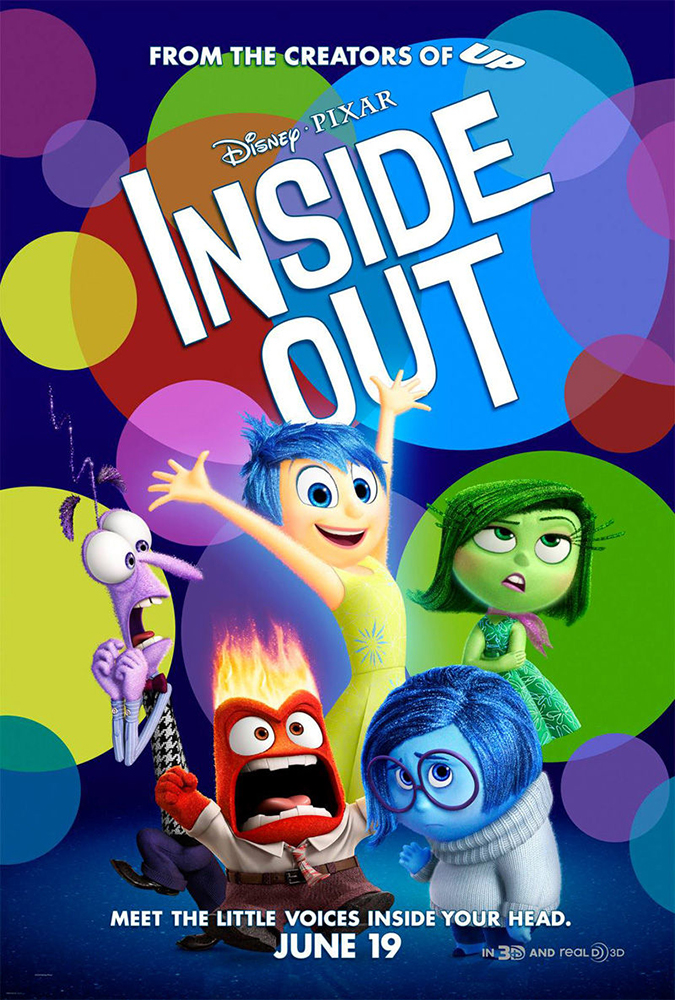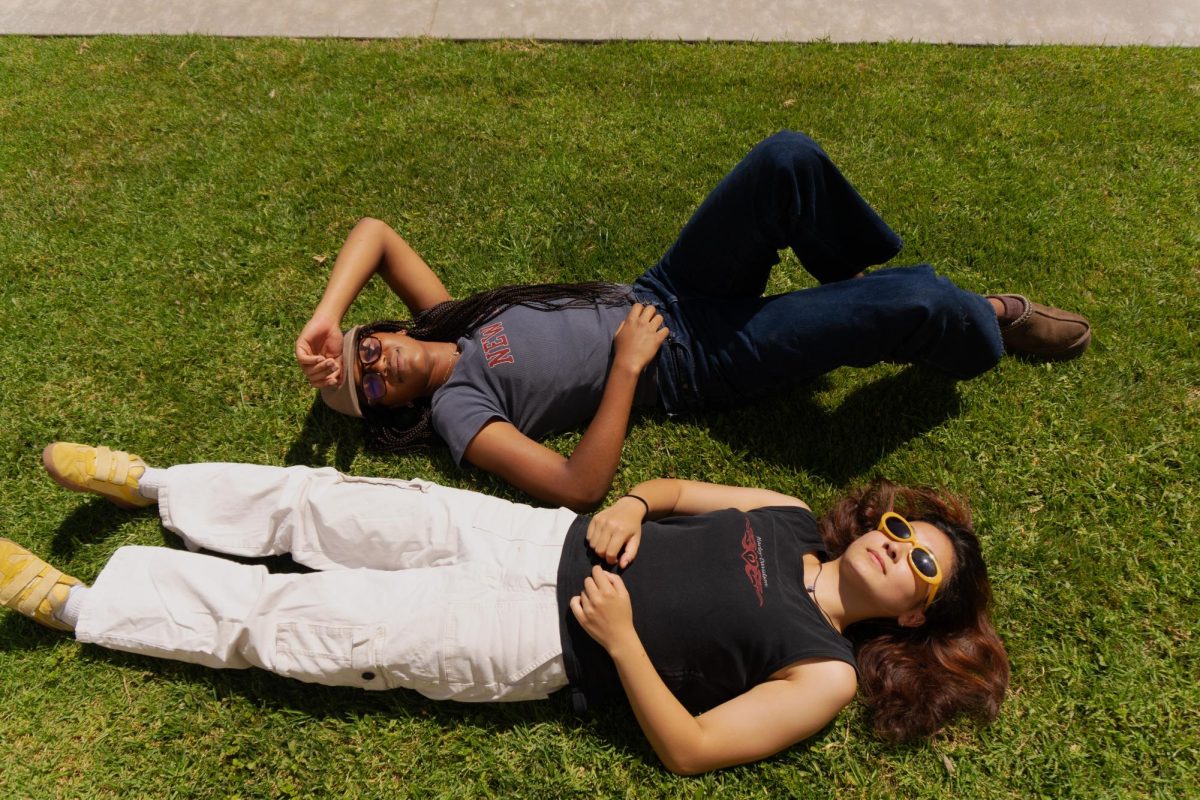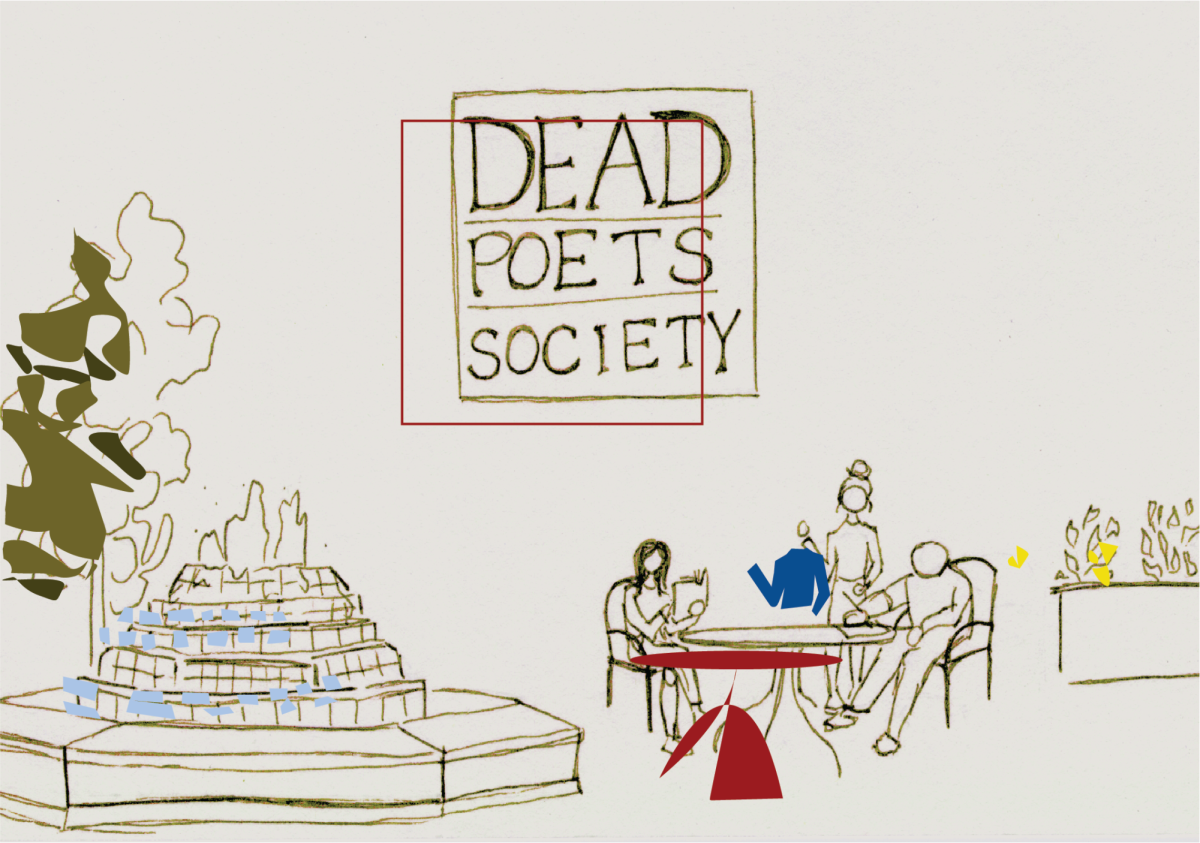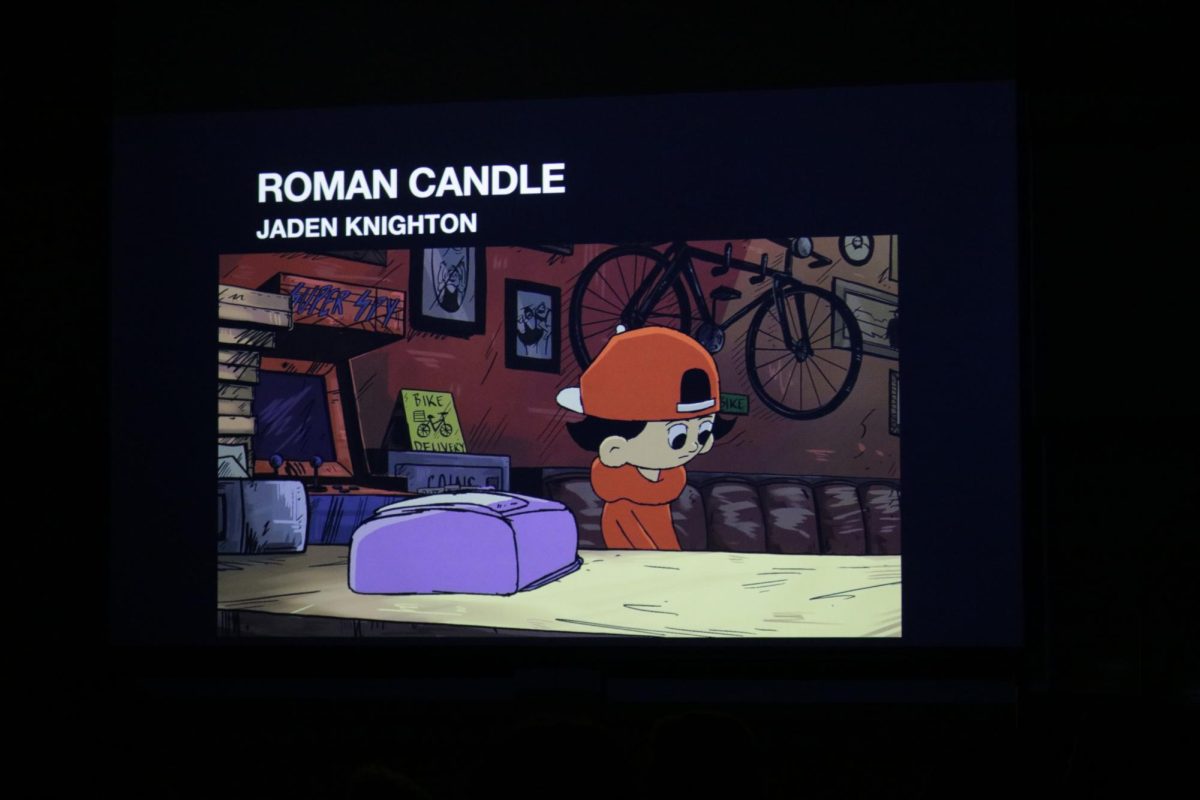No doubt you have seen or at least heard of the summer hit “Inside Out.” By validating the emotions of a preteen rather than trivializing them, the movie opened up a variety of discussions. From praise for openly addressing sadness to criticism for its shortcomings, “Inside Out” created buzz I know was not only on my Facebook newsfeed.
MAKING A MISTAKE
The first time I saw “Inside Out” I walked away having cried twice and thankful, yet again, for what Pixar can do with animated characters in such a short amount of time. The second time I saw “Inside Out” I still loved it, but I noticed what I missed the first time around.
The film focuses on the emotions of 11-year-old Riley — Joy (Amy Poehler), Sadness (Phyllis Smith), Disgust (Mindy Kaling), Fear (Bill Hader) and Anger (Lewis Black) as she copes with her sudden move to California. While Pixar plays this out, we also see into the same emotions in the minds of Riley’s parents.
Joy appears to lead Riley, but Mom has Sadness at the center of her control board (the object the emotions use to guide the characters) while Dad has Anger at his. Considering Joy was created as a product of Riley’s childhood innocence, I can only assume Pixar did not accidentally put Sadness and Anger in charge of her parents’ emotions, but did so with a purpose. If Joy reflects youthful bliss, what can we gather from Mom being driven by Sadness and Dad having Anger directing him? I sincerely hope Pixar made a mistake. As I grow older I want more to look forward to than succumbing to Sadness over missed opportunities and Anger over a routine life.
CHARACTER PORTRAYAL
My biggest problem with “Inside Out” however, is the way it portrayed what Sadness and Joy would look like. Joy is a tall, thin girl in a sundress with a pixie haircut who literally floats when she walks. Sadness on the other hand is a slightly overweight and short girl wearing a big turtleneck, big glasses and an asymmetrical bob haircut who shuffles around when she walks. But guess what — it is completely possible for a kid who physically looks like Joy to feel any form of sadness and one resembling Sadness to be a genuinely happy kid.
Our body types do not reflect how we should or do feel. The human race is fascinating and infinitely more complex than the accepted body type and the current fashion trends. We are so much more than what our outer appearances present, and we have God to thank for that.
A BETTER REPRESENTATION
While Pixar did some aspects of the film brilliantly, such as the emotions losing their “gender” in the minds of the adults and subtleties like Sadness and Joy having the same hair color, I still see room for growth. However, I have no doubt that our society will continue to strive toward a better representation of humans beyond what past cultures have deemed acceptable. I have the utmost optimism that someday we will be shown as we truly are — souls with immense value.







